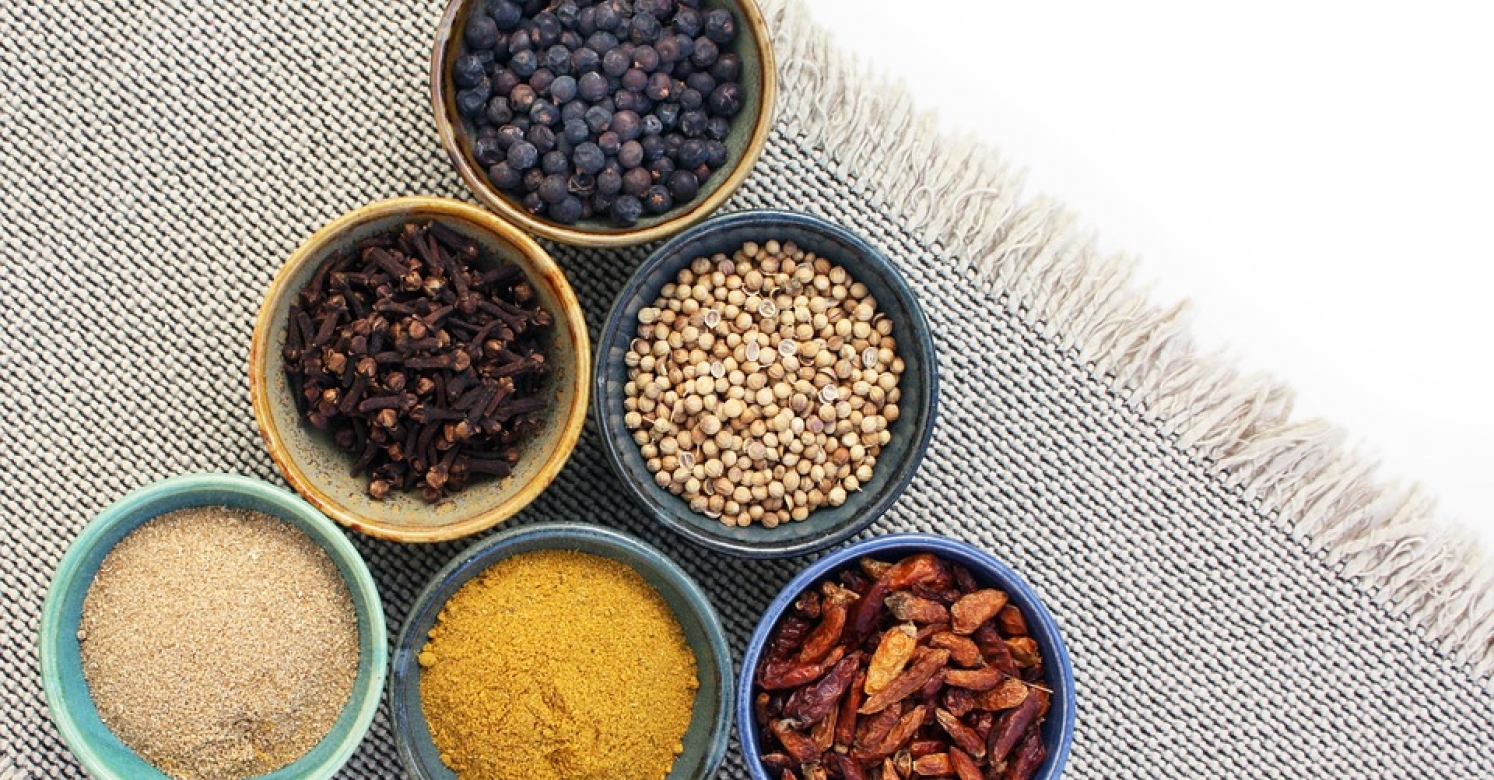Phipps Feature: "Ask Ginger: Adding Flavor Without Salt "

A: Hi John - great question! This is a
frequently asked question, as many people are now following low-sodium diets.
In fact, the American Heart Association (AHA) recommends that a healthy
individual intake no more than 2300mg of sodium per day.1 This
is because moderate sodium consumption is essential for proper body
functioning, yet too much sodium can be detrimental to one’s health. Here are
some tips to help in managing your sodium consumption.
Swap This
- Jarred
Sauces (alfredo, barbeque, cocktail, fish, soy, steak, taco, tartar,
teraki, tomato…etc)
- Powdered
Sauces and Dressing Mixes
- Condiments
(horseradish, ketchup, mustard, pickle relish)
- Flavored
Salts (onion, garlic, seasoned)
- MSG
For That
- Herbs
(basil, bay leaves, cilantro, dill, marjoram, parsley, rosemary, sage,
tarragon, thyme…etc.)
- Spices
(chives, curry, cinnamon, cloves, ginger, garlic powder, mace, nutmeg,
onion powder, turmeric…etc.)
- Acids
(vinegar, citrus juice)
Salt is a common preservative that’s used to counteract food
spoilage and extend products’ shelf life. Therefore, processed and restaurant
foods often contain the highest amounts of sodium.2
Look at the Label
The following are sodium-related claims that may appear on
product packaging:1
“Sodium (Salt) Free” = less than 5mg of
sodium per serving
“Very Low Sodium” = less than 35mg of sodium per serving
“Low Sodium” = less than 140mg of sodium per serving
“Reduced” or “Less” Sodium = at least 25% reduced sodium per serving with regard to the original product
“Light in Sodium” = at least 50% reduced sodium per serving with regard to the original product
“Unsalted” or “No Salt” = no additional sodium (salt) was added to the product
“Very Low Sodium” = less than 35mg of sodium per serving
“Low Sodium” = less than 140mg of sodium per serving
“Reduced” or “Less” Sodium = at least 25% reduced sodium per serving with regard to the original product
“Light in Sodium” = at least 50% reduced sodium per serving with regard to the original product
“Unsalted” or “No Salt” = no additional sodium (salt) was added to the product
By Jessica Rea, Sports Medicine and Nutrition Student with Let's Move Pittsburgh
Sources:
1. How Much Sodium Should I Eat Per Day? #BreakUpWithSalt
Sodium Reduction Initiative. Published 2018. Accessed June 13, 2018.
2. Academy of Nutrition and Dietetics. Eat Right:
Food, Nutrition and Health Tips from the Academy of Nutrition & Dietetics. Eatright.org.
Published 2017. Accessed June 13, 2018.
Original Content: June 15, 2018, https://www.phipps.conservatory.org/blog/detail/ask-ginger-adding-flavor-without-salt
Photo by Pixabay CCO Creative Commons
Comments
Post a Comment